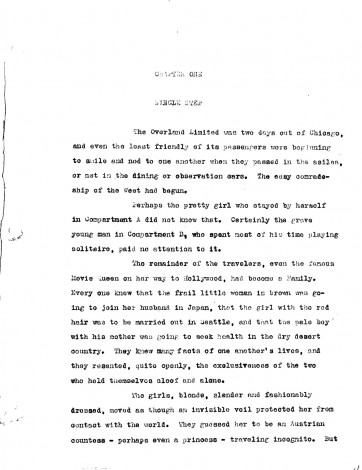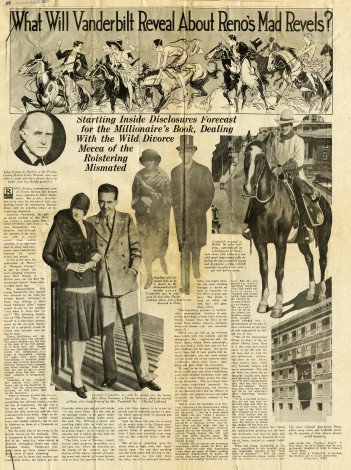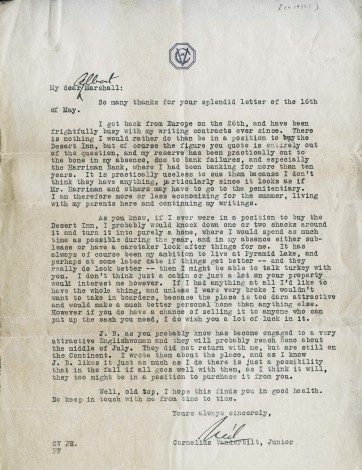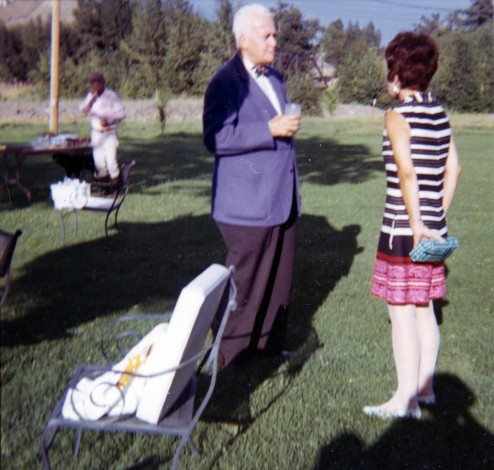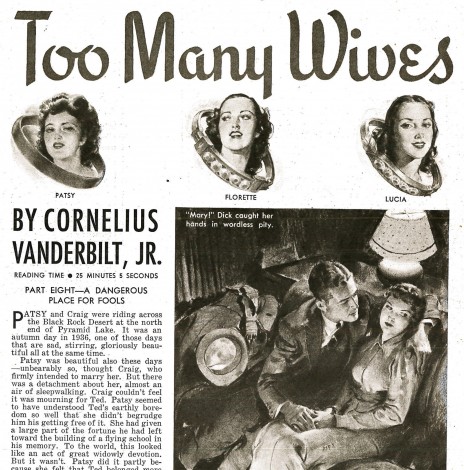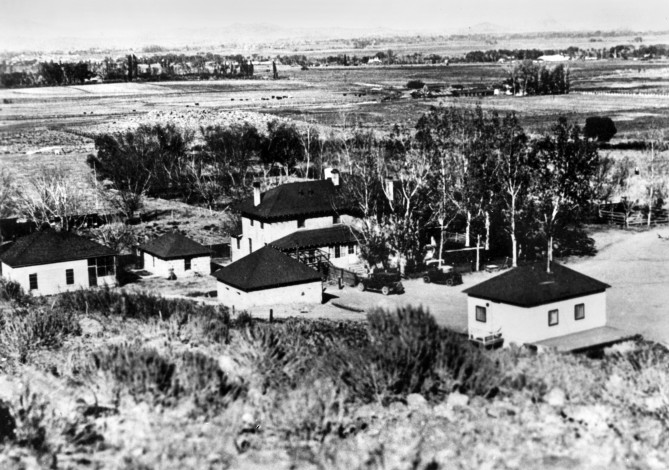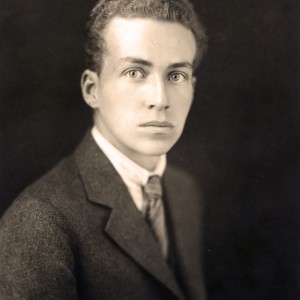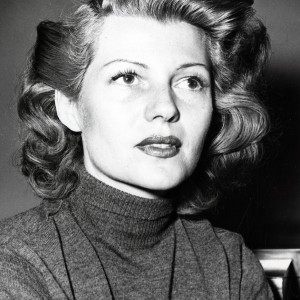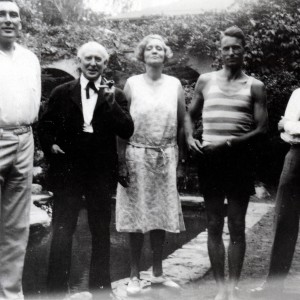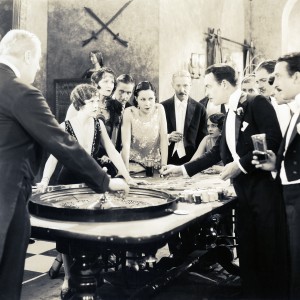The Laura and William Ellis Corey divorce was one of two high profile cases in 1905 and 1906 that put Reno on the map as a migratory divorce destination for America’s social elite. W. E. Corey was the head of United States Steel Corporation, the largest American corporation of its day. That he fell in love with the actress Mabelle Gilman and paid his wife Laura $1 million to travel to Reno for a divorce was big news and ultimately led to Corey’s expulsion from U. S. Steel’s top job. In 1907, Corey married Gilman in France, where he had bought her a chateau. When the two were divorced in Paris in 1923, the Corey’s Reno divorce was still a central part of the story.
Corey’s selection of Reno over the country’s competing divorce colonies kicked off a national trend among her peers. By 1906, as one local paper stated, Corey had “started the influx of the ‘400’ to Nevada as a divorce center.” The “400” referred to the top 400 names in New York society, as identified by Mrs. William Astor in the 1890s. These were the established families whose names appeared in the Social Register—the Rockefellers, Vanderbilts, Hearsts, and DuPonts, and those who ran in their circles.
Doris Duke, the wealthy tobacco heiress who was referred to as the “world’s richest girl,” actually secured two Reno divorces: the first, from James H. R. Cromwell (brother to Louise Cromwell, the first wife of General Douglas MacArthur) in 1943; and the second, in 1951, from the flamboyant Dominican playboy, diplomat, race car driver, and polo player Porfirio Rubirosa.
Barbara Hutton, heiress to the F. W. Woolworth fortune and known as the “Poor Little Rich Girl,” divorced her first husband, the Georgian Prince Alexis Mdivani in Reno in 1935. As soon as her divorce was final, she married Danish count Court Haugwitz-Reventlow in the Reno home of Mrs. A. J. Hood. Hutton was married and divorced a total of seven times.
Featured Resources
Cornelius Vanderbilt IV
The American upper class of the early 20th century didn’t get much more lofty than the Vanderbilts. With a fortune established in the early 1800s by “Commodore” Cornelius Vanderbilt, the family was among the elite of Manhattan and Newport society.
Descendent Cornelius Vanderbilt IV, known as Cornelius Vanderbilt, Jr. or Neil, came to Reno for a divorce in 1927 and soon became a fixture on the local landscape. With a background in journalism, he began to write about Reno’s divorce colony for a number of national publications.
Before long, he was in the divorce business himself, purchasing the Lazy Me ranch south of Reno. Intent on an elite and fun-loving clientele, he became known for sending wranglers dressed in ten-gallon hats in Rolls-Royces and Packards to the Southern Pacific Railroad station to meet incoming guests.
In 1929, Vanderbilt wrote the juicy novel Reno (originally titled Swing Your Partner), which was made into a film of the same name in 1930. Six of Vanderbilt’s seven marriages ended in divorce, all but one obtained in Reno or Carson City.
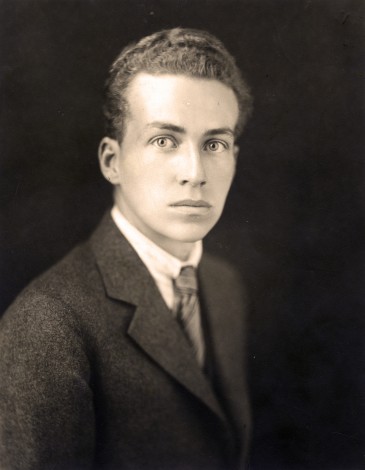
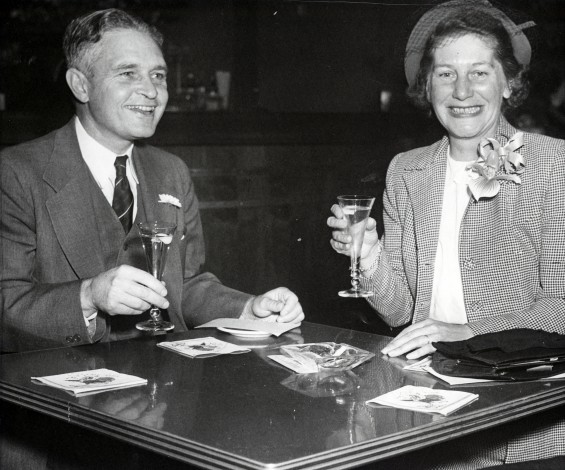
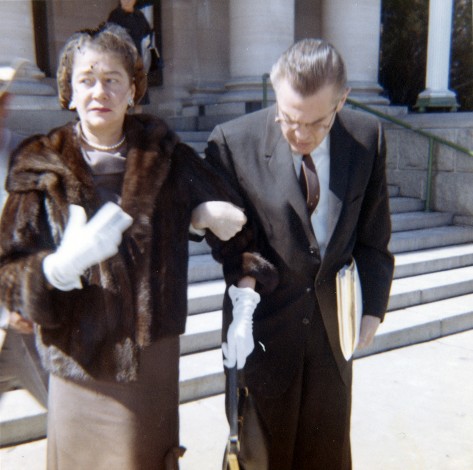
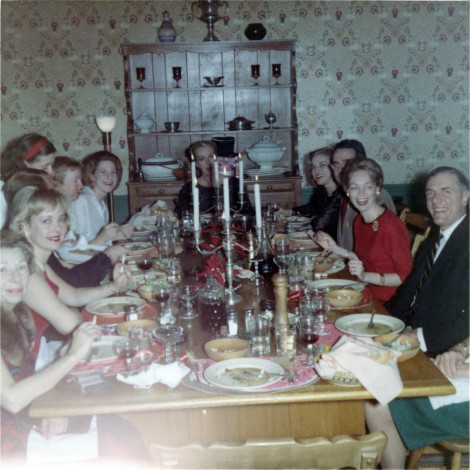
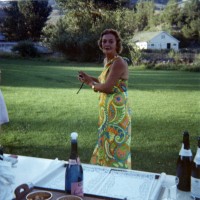
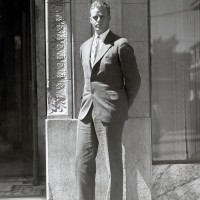
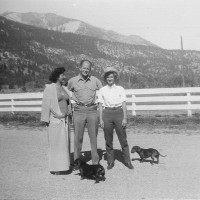
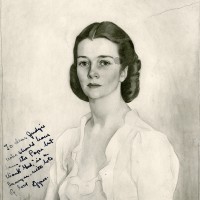
-319x470.jpg)
